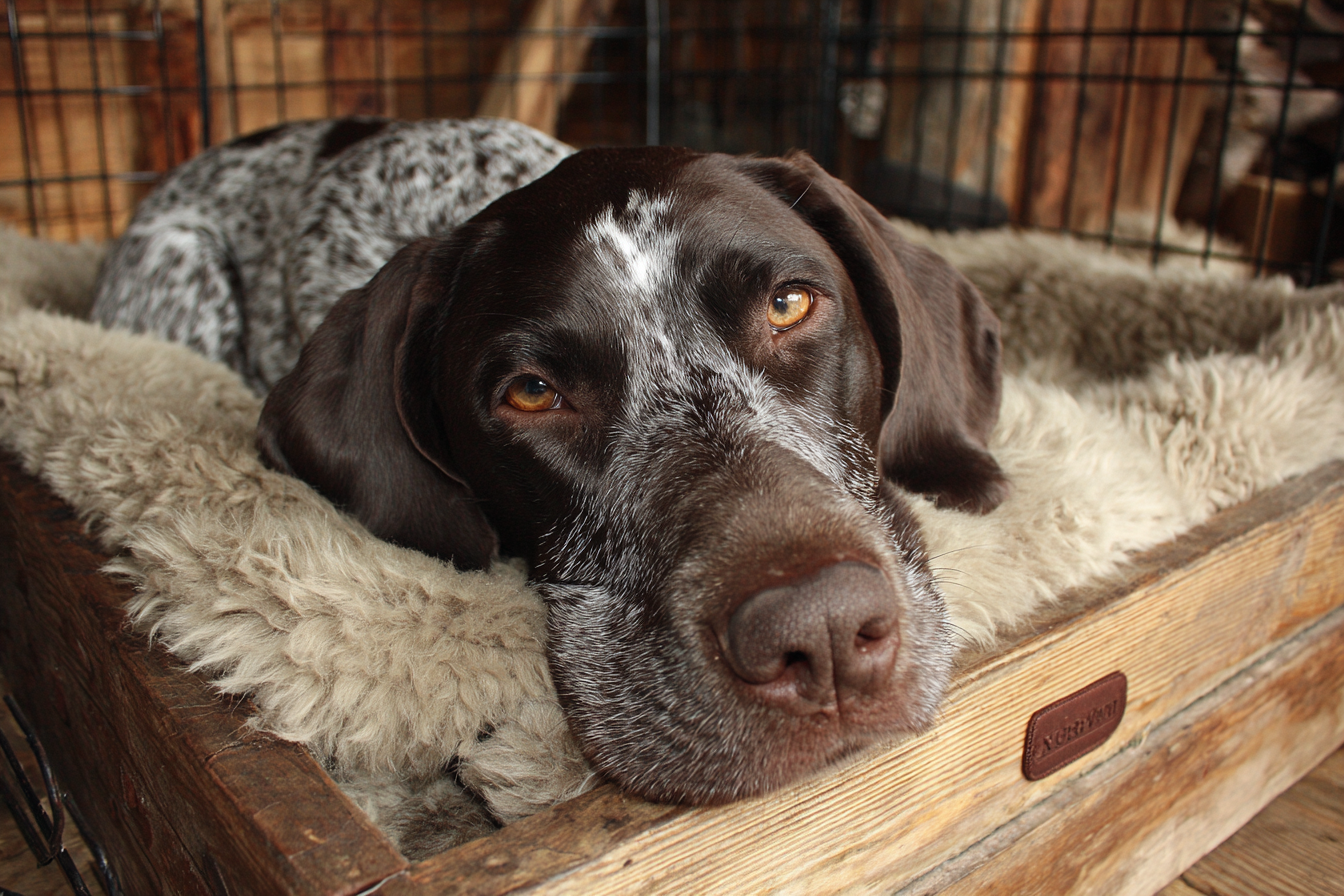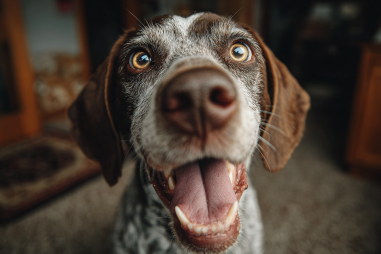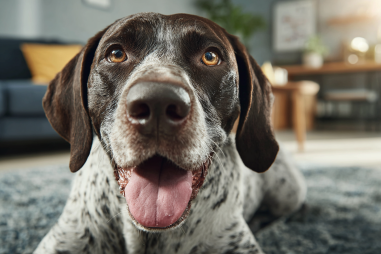Crate training your Pointer is an excellent way to provide them with a safe, comforting space while helping to manage their behavior. Known for their high energy and intelligence, Pointers can greatly benefit from crate training, which supports their well-being and daily routine. Whether you are a new Pointer owner or looking to improve your training methods, mastering crate training can lead to a more confident and happy pup. In this article, we’ll explore practical methods for success, ensuring the process is positive and stress-free for both you and your dog.
Benefits of Crate Training for Pointers
Crate training offers numerous advantages for your Pointer, enhancing their safety, comfort, and overall behavior. One of the primary benefits is that it provides a designated, secure space where your dog can relax and feel safe. Pointers are naturally energetic and curious dogs, so having a crate can prevent them from getting into trouble or dangerous situations when unsupervised.
Additionally, crate training is a valuable tool for housebreaking. Pointers, like most breeds, prefer to keep their sleeping area clean, so a crate helps encourage regular bathroom habits. Beyond potty training, crates can reduce anxiety by giving your Pointer a retreat during stressful events such as thunderstorms or fireworks.
Moreover, crate training aids in travel and vet visits, allowing your dog to become accustomed to staying comfortably in a confined space. This familiarity can reduce stress and make transitions smoother. Overall, crate training supports your Pointer’s physical and emotional health by creating routines and boundaries that boost confidence and good behavior.
Choosing the Right Crate Size and Type
Selecting the appropriate crate for your Pointer is crucial for a successful training experience. Pointers are medium to large dogs, so the crate should be spacious enough for them to stand, turn around, and lie down comfortably but not so large that they feel lost or have space to eliminate in one corner and rest in another.
When choosing the size, consider your dog’s current height and length and how much they are expected to grow if they are still a puppy. Crates with adjustable dividers are an excellent investment because they grow with your dog, providing comfort without needing frequent replacements.
There are several types of crates to consider:
- Wire crates: These offer good ventilation and visibility. They are lightweight and foldable, making them ideal for travel. Wire crates often come with removable plastic trays for easy cleaning.
- Plastic crates: Often used for traveling, plastic crates provide a more enclosed, den-like environment that some dogs prefer for privacy and security.
- Soft-sided crates: These are lightweight and portable but not suitable for dogs that chew or require a sturdier enclosure.
For Pointer dogs, wire crates with dividers are usually the best choice for home use due to their durability and adjustability, which supports long-term crate training success.
Step-by-Step Introduction Process
Introducing your Pointer to the crate requires patience and a gradual approach. Here’s a step-by-step method to help your dog become comfortable and confident with their new space:
- Step 1: Make the crate inviting. Place the crate in a family area where your dog spends time. Add a soft blanket or bed inside and include some favorite toys to create a positive environment.
- Step 2: Encourage exploration. Leave the crate door open and allow your Pointer to explore at their own pace. Use treats or praise when they approach or enter the crate voluntarily to build positive associations.
- Step 3: Feed meals in the crate. Start feeding your dog their meals near or inside the crate. This helps your dog associate the crate with something enjoyable.
- Step 4: Close the door briefly. When your Pointer is comfortable eating inside, close the door during meals, gradually increasing the time the door stays shut.
- Step 5: Short absences. Encourage your dog to stay in the crate for short periods while you are home. Gradually increase the duration to help your Pointer get used to being alone safely.
- Step 6: Crate when leaving. Once your dog is comfortable, start using the crate when you leave the house. Always leave toys or treats to keep them occupied.
Take it slow to prevent stress or resistance, and always end sessions on a positive note.
Positive Reinforcement and Comfort
Positive reinforcement is key to making crate training a pleasant experience for your Pointer. Reward your dog with treats, praise, or extra playtime when they willingly enter or stay in the crate. Frequent encouragement helps create a strong positive association, making your dog more eager to use the crate.
Comfort inside the crate is equally important. Use soft bedding that suits your Pointer’s size and any preferences they show. Placing a piece of clothing with your scent inside can also provide reassurance and help reduce anxiety.
Keep the crate environment engaging by rotating toys or introducing safe chew items. Avoid using the crate as punishment, as this can foster fear and reluctance. Instead, think of it as your dog’s personal safe haven where good things happen.
Troubleshooting Common Crate Training Problems
Not every dog adapts to crate training at the same speed. You may encounter challenges along the way, but most can be addressed with patience and the right strategies.
- Whining or barking: This is common when dogs first learn to be confined. Ensure your Pointer is not bored, hungry, or needs to potty. Gradually increase crate time while using distractions like treats or toys.
- Refusal to enter the crate: Go back to basics by making the crate more inviting and rewarding every interaction around it. Never force your dog inside as it can build fear.
- Destructive behavior: If your Pointer chews on the crate, provide durable chew toys and redirect their attention. Make sure they get ample exercise outside the crate to reduce boredom.
- Reluctance to stay in the crate overnight: Ensure the crate is comfortable and placed in a quiet, cozy spot. Establish a bedtime routine to help your dog settle.
If problems persist, consulting a professional trainer or veterinarian can help tailor solutions to your Pointer’s needs.
Tips for Long-Term Success
Consistency and patience are the cornerstones of lasting crate training success. Here are some essential tips to keep your Pointer comfortable and well-adjusted to their crate over the long term:
- Maintain a regular schedule for crate time and bathroom breaks to develop a reliable routine.
- Avoid overusing the crate to prevent it from feeling like isolation; balance crate time with socialization and play.
- Continue using positive reinforcement throughout your dog’s life to strengthen crate comfort.
- Adjust the crate environment seasonally, such as adding cooling mats in summer or extra bedding in winter, to keep your Pointer cozy year-round.
- Regularly check the crate for wear and ensure it remains spacious enough as your dog grows or ages.
With these approaches, crate training becomes a lifelong positive support system for your Pointer’s health and happiness.
Crate training your Pointer dog can be a rewarding process that enhances your relationship and supports your dog’s safety and comfort. By carefully choosing the right crate, introducing it gradually with positive reinforcement, and addressing challenges thoughtfully, you’ll help your Pointer thrive in their special space. Embrace the journey with patience and kindness, and enjoy the benefits of a well-trained, confident, and content canine companion.







